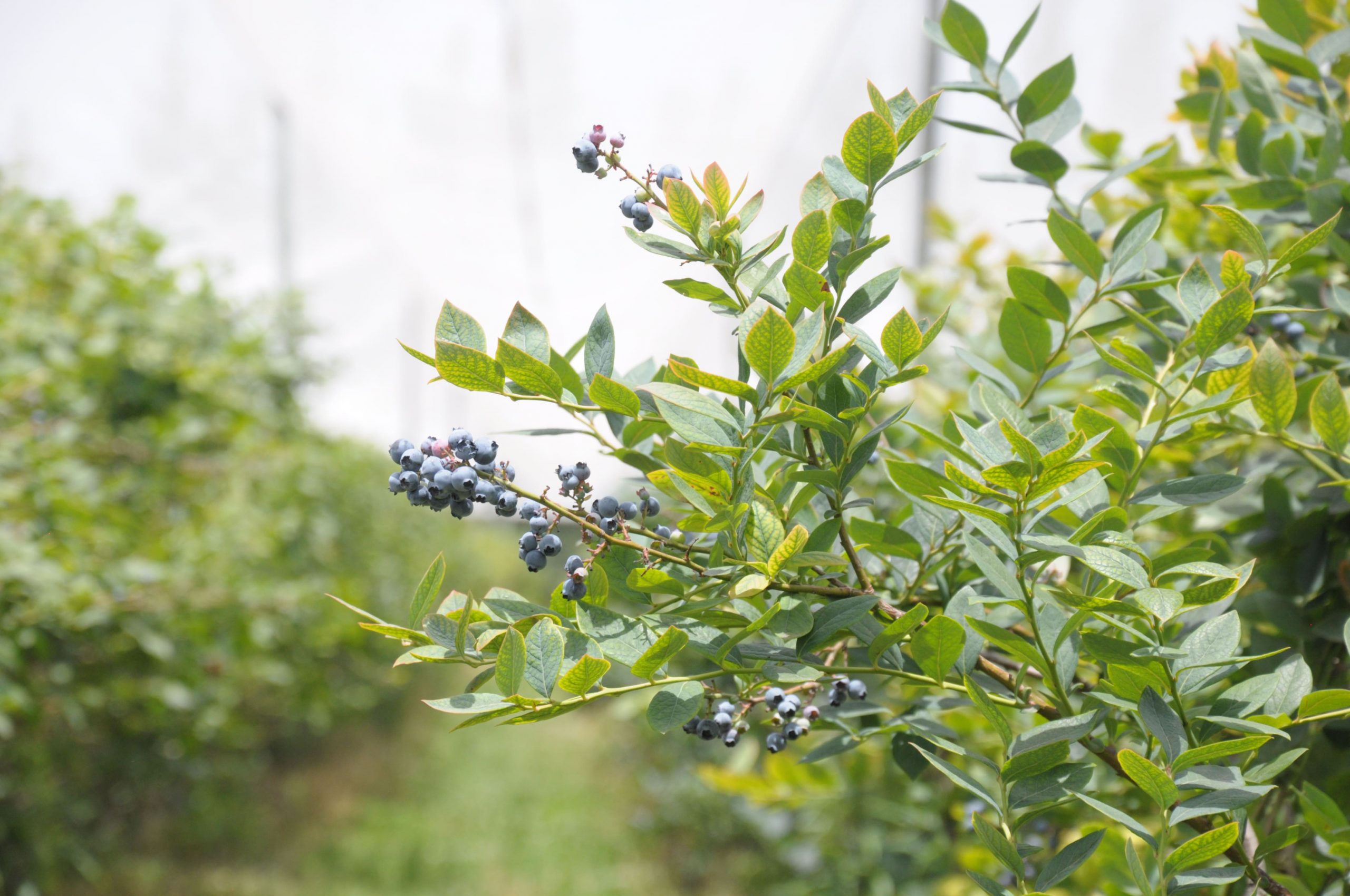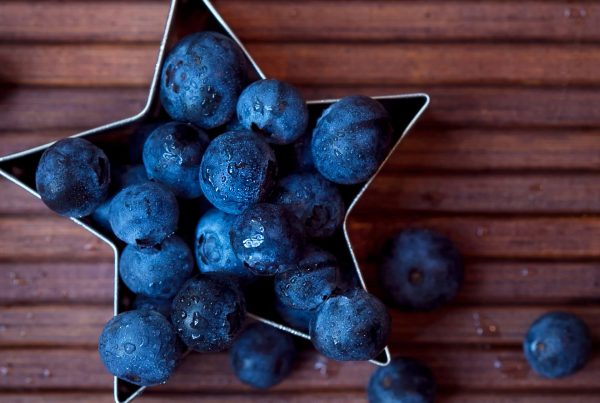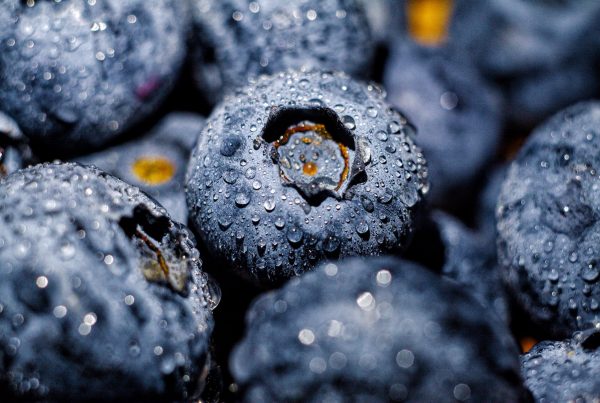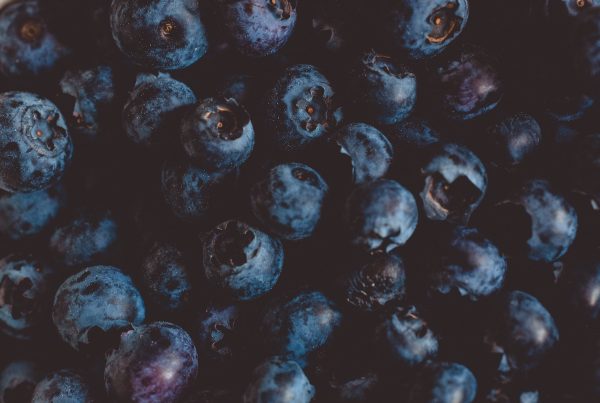Newsletter 170, 08.22.2024
The last campaign was like a shock for the Blueberry sector, since it developed totally different from usual. This was due to the alterations caused by the El Niño phenomenon on the Peruvian production. The world had become accustomed to Peru as a safe supplier, which contributed increasing volumes to the northern markets every year. But this did not happen in 2023. Due to this phenomenon, in the first part of the campaign the yields fell abruptly and Peru exported 40% less than in the previous year. Two inconveniences arose; this reduction, and this unpredictability. It was necessary to adjust the forecasts week by week.
This explains why the sector begins the new campaign with some uncertainty and anxiety. How will it be? Can the market anticipate moments of shortage or supply excess? Is it necessary to look for more than one supplier to ensure fruit provision?
PERU
Luckily the weather was normalized. A cold winter was recorded, and it was even colder than expected. The crops are recovering. But there is a marked maturative delay, since due to El Niño the pruning was made several weeks later than usual. The new campaign began in May, but with small volumes that increased slowly. Until mid -August, more than 12,000 tons were exported, this is 40% less than in 2023 and less than half than in 2022. The slow rhythm will be maintained during the end of August and September. Only towards the end of September the shipments will be normalized. For October and November, a greater supply is expected, with volumes that will exceed 2023. Also for the last months of the campaign (December to February) a good shipping rhythm is expected, similar to the one in the previous season. Therefore, this will be a late campaign, but of good volume. This is because to the recovery of plantations, but also new crop surfaces will be added. The turnaround is intensified towards new genetics. Among the varieties that are acquiring more and more prominence is Rocio, Sekoya, Eureka Sunrise, Magic, Kestrel, Madeira, etc. Ventura, although an excellent variety and the most abundant after Biloxi, underwent a setback when suffering strongly under the absence of cold in 2023. Everything indicates that this year Ventura was also affected by the lower temperatures. Therefore, when evaluating varieties, priducers also take into account how they behave against climatic alterations; a trait in which Ventura is not the best.
At this time it is difficult to give an estimation about the total to export. The experts are cautious, after the erratic forecasts that were made last year, and the climatic alterations that continue to occur. But all indicate that the 226,000 tons of 2023/24 will be exceeded. There are doubts about if the 286.00 tons exported in 2022/23 will be reached or a new record will even be achieved with an export of 300,000 tons.
CHILE
Also for Chile last season it was not a normal one. On the one hand, the decreasing trend of exports was halted. Another fall had been predicted, as a consequence of surface reduction and varietal replacement, but thist did not occur. Export were around 86,000 tons, a similar volume to the previous season. Also, northern markets were more interested in Chile, since the uncertainty of Peruvian shipments showed that it was too risky to depend on a single supplier. The best prices paid in 2023/24, especially during the first half of the campaign, returned some of the profitability that the crop had lost. Several producers who were in doubt whether to get out of the business, chose to stay. But not everything was positive in the last campaign. In the second half, the large supply, added to qualities that did not meet the standards required by the markets, deteriorated the business. This experience led to Chilean associations to intensify their work to demand quality, restrict varieties, following their quality verification program implemented a few years ago.
It is still too early to give an estimation. Most of the crops are in winter chilling. The reproductive cycle has begun only in the most early regions. This winter was cold enough. There were also enough rains, improving the water balance and partially recovering the reservoirs, of which many were in critical condition.
SOUTH AFRICA
In recent years, blueberry has become successful in South Africa, registering a constant expansion. But 2023/24 season was special. The upward trend of exports suffered a setback. Due to climatic problems, South Africa could not take advantage of the exceptional good moment for southern suppliers. Exports began late and remained below the previous year. The 2023/24 season ended with a total shipment of 21,000 tons, 12% lower than in 2022/23. For the new campaign the perspectives are favorable and they are expecting to recover production and export. This winter was cold, thanks to which there was enough cold hours. The rains were also timely, wich is very important in a country with many water restrictions. The crops have a good load and fruits of adequate quality. In the most early regions the harvest began, but for now the amounts are small. The first shipments were made, following for a rhythm similar to that of 2023.
ARGENTINA
After years of deterioration of exports and lose of competitiveness, generated by internal problems and growing external competition; the 2023/24 campaign was a relief. The fact that the Argentine campaign coincided with the Peruvian, which was the big problem in recent years, this time it turned out as an advantage. Northern markets did not have enough Peruvian fruit, so they looked again at Argentina. 6,300 tons were exported, an increase of 50% compared to 2022, but still remaining far from the levels of a few years ago. The exportable volume cannot be increased from one day to the other.
This year there was a cold winter, with several intense frost. Most plantations have frost protection, but this is not always enough. Therefore, it is estimated that there will be a loss of 10-15%, in early varieties. The campaign began 2 weeks later and is developing at a lower pace than in previous years, since the weather continues for now fresh. It is estimated that from September the shipments will acquire rhythm. A campaign similar to 2023 was forecast, or at most with a slight plus.







